First of all, here is the original worksheet, updated with the new instructions (for the fat/lipid test:
Lab Guidelines - Nutrients in a Happy Meal
Please review the following as you are TYPING/reviewing your lab report:
Title: Use the same title from the worksheet...no need to be creative.
Objective: Retype the objective you wrote on the worksheet. Remember, NO I's, MY's, WE's, and OUR's! Type the objective not from a personal perspective, but from a "matter of fact" perspective.
Hypothesis: Retype the hypothesis you wrote on the worksheet. A good hypothesis not only predicts what will happen, but offers a reason why.
Remember, NO I's, MY's, WE's, and OUR's!
Materials: Copy the list of materials from the worksheet. Arrange in column format, ideally in two or more columns.
Procedure: Copy the procedure from the worksheet (it is not plagiarizing if I give you permission). You can literally cut-and-paste from the worksheet above.
Results: Recreate the table from the worksheet and type in the appropriate information. Word and Google Docs provide you the ability to insert a table. In a more complex lab you would also include necessary formulas, and any graphs that display your results. This lab is simple; just recreate the tables.
Discussion: In paragraph form (at least 2 of them) do the following:
Conclusion: The conclusion should be short, but sweet. That aside, it is just as important as the discussion. In one paragraph:
For a model of what a lab should look like, see here: Model Lab Report (Bromelain Enzyme in Tropical Fruits). Please keep in mind that this is NOT the lab you are typing up tonight... this is just a model.
Lab Guidelines - Nutrients in a Happy Meal
Please review the following as you are TYPING/reviewing your lab report:
Title: Use the same title from the worksheet...no need to be creative.
Objective: Retype the objective you wrote on the worksheet. Remember, NO I's, MY's, WE's, and OUR's! Type the objective not from a personal perspective, but from a "matter of fact" perspective.
Hypothesis: Retype the hypothesis you wrote on the worksheet. A good hypothesis not only predicts what will happen, but offers a reason why.
Remember, NO I's, MY's, WE's, and OUR's!
Materials: Copy the list of materials from the worksheet. Arrange in column format, ideally in two or more columns.
Procedure: Copy the procedure from the worksheet (it is not plagiarizing if I give you permission). You can literally cut-and-paste from the worksheet above.
Results: Recreate the table from the worksheet and type in the appropriate information. Word and Google Docs provide you the ability to insert a table. In a more complex lab you would also include necessary formulas, and any graphs that display your results. This lab is simple; just recreate the tables.
Discussion: In paragraph form (at least 2 of them) do the following:
- Thoroughly explain the results... almost to the point where you imaging the reader cannot understand them just by looking at your tables.
- Explain the appearance of the positive & negative controls.
- Compare your results (from the McMush) to the controls and justify your determination of positive, negative, or inconclusive.
- Your last paragraph(s) in the discussion should be the error analysis. Remember error is not mistakes... error include factors that you cannot control which may have affected your results. Ideally identify 3 sources of error, explain their potential effect on your data, and offer a possible remedy, even if it is somewhat far-fetched.
- Remember, NO I's, MY's, WE's, and OUR's!
Conclusion: The conclusion should be short, but sweet. That aside, it is just as important as the discussion. In one paragraph:
- Mention the objective. Confirm that the objective was met by quickly stating the results that address the objective.
- Mention the hypothesis. Address the accuracy of the hypothesis by comparing it to the results. If it is correct, identify it as correct and explain. If it is partially correct, identify it as partially correct and explain. If it was completely incorrect, identify it as incorrect and explain.
For a model of what a lab should look like, see here: Model Lab Report (Bromelain Enzyme in Tropical Fruits). Please keep in mind that this is NOT the lab you are typing up tonight... this is just a model.

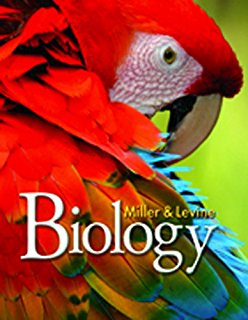
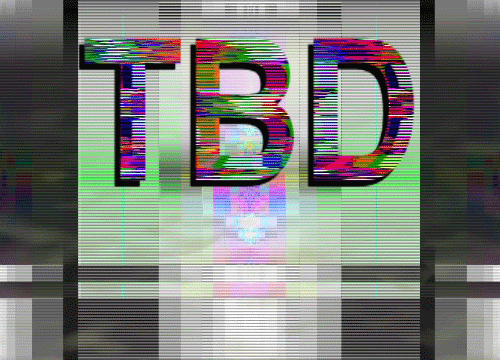



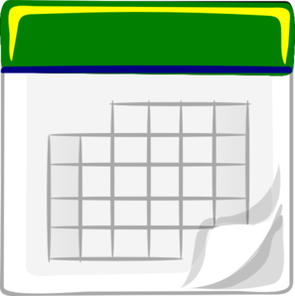
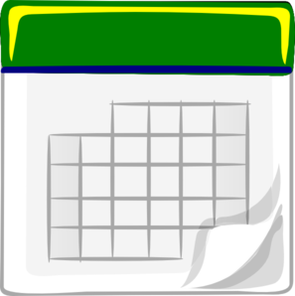
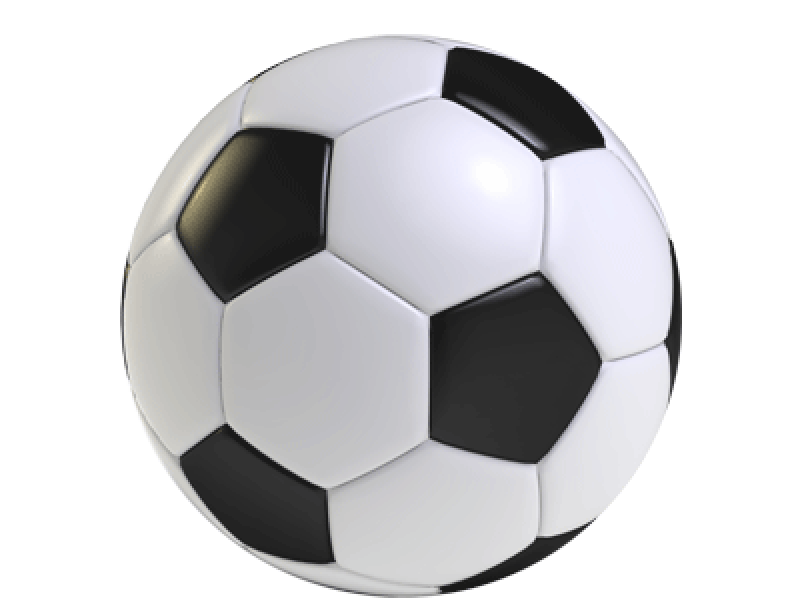



 RSS Feed
RSS Feed